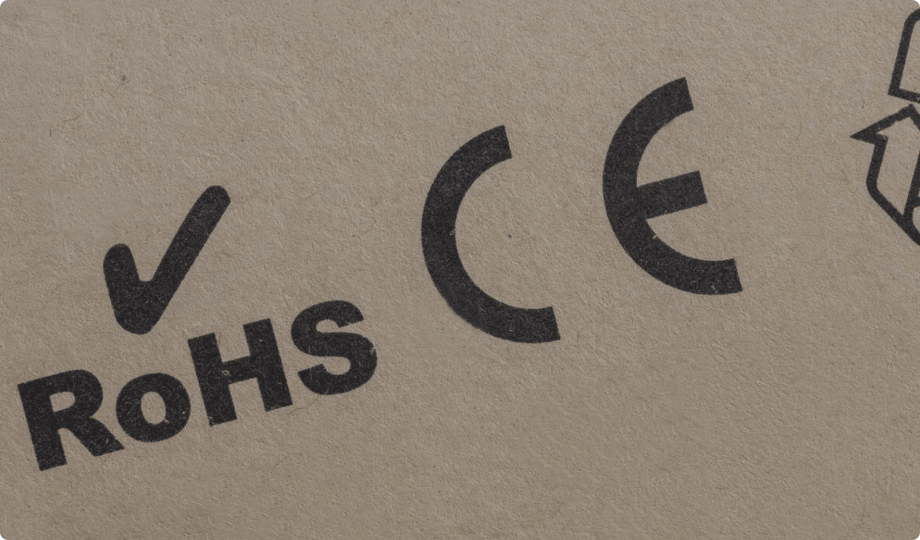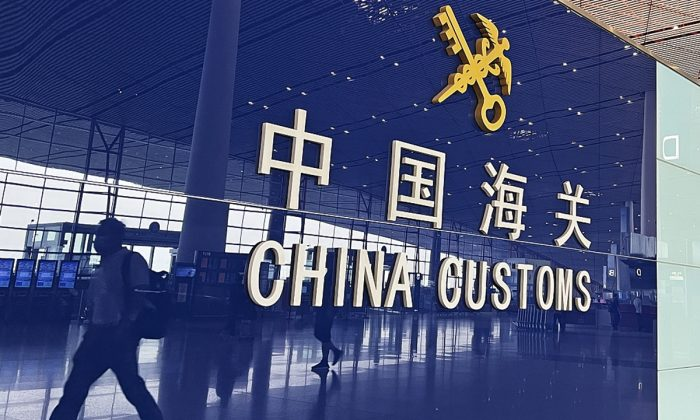As an Amazon or e-commerce seller in the European Union, ensuring that your products comply with the CLP Regulation (Classification, Labeling, and Packaging of Substances and Mixtures) is essential. Complying with the CLP Regulation may seem complex due to the technical nature of the standard, but in this article, we will try to shed some light on the matter.
What is CLP and why is it important?
The CLP Regulation (Classification, Labeling, and Packaging) may sound somewhat complex, but in simpler terms, it is about ensuring the safety of everyone who uses everyday products. Implemented throughout the European Union, the CLP dictates how hazardous substances in products must be clearly labeled.
Here’s the surprising part: the CLP Regulation is much more commonplace than it might seem. You have probably seen this type of labeling many times and likely see it every day on many products.
CLP labeling is more common than it seems
Let’s look at a few brief examples of how CLP regulations and labeling are present in your everyday life:
- Markers and pens: The typical markers from well-known brands that you have surely used on more than one occasion, for any type of task, may contain specific inks or components that can pose potential risks, which is why we see CLP labeling on them.
- Glues: You have probably seen a diamond-shaped symbol on contact adhesives and similar products on more than one occasion, as this is another example of CLP labeling.
- Paints: Acrylic, plastic, oil, enamel, and many others contain this labeling.
- Cleaning products: Pick up any cleaning product you have at home and look at the back. That is a label based on the CLP Regulation.
The pictograms on CLP labels
Those diamond-shaped symbols with red borders that you see on some product labels are not random designs; they are pictograms, a crucial element of the CLP labeling system. These pictograms act as a universal visual language, instantly conveying important information about the potential hazards associated with the product.
Imagine a product that contains flammable ingredients. The CLP pictogram for flammability could be a simple but powerful image of a flame. This instantly alerts both you and your customers to the risk of fire. Similarly, a skull and crossbones pictogram represents toxicity, while an exclamation mark indicates a risk of irritation. By incorporating these pictograms, CLP labeling ensures clear and concise communication of hazards that transcends language barriers.
But pictograms are only one piece of the CLP labeling puzzle. Alongside these visual cues, you’ll also find signal words that further emphasize the severity of the hazard. For example, look for “Danger” for more serious risks, while ‘Warning’ is used for less serious ones. In addition, to provide a more detailed explanation of potential hazards, hazard statements are included. These concise phrases describe the nature and seriousness of the risks associated with the product, such as “Harmful if swallowed” or “Causes skin irritation.”.
In addition to the above, the label also includes essential instructions for handling, storing, and disposing of the product.
The obligation to comply with the CLP Regulation
The responsibility for ensuring that your products have the correct CLP labels lies squarely with you, the EU seller. While it may seem daunting, achieving CLP compliance is a manageable process with a few key steps:
Step 1: Identify Potential CLP Products
The first step involves taking a close look at your product. Take a critical look at those seemingly innocuous items you might not suspect. Think about the ingredients used, the inks in markers, the components that give paint its color, or the chemicals that make cleaning solutions effective. This is where that knowledge of common CLP products comes in handy. If any of your products contain substances that could pose potential hazards, they may fall under CLP regulations and require labeling.
If you are unsure about the composition of your product, ask your supplier for the SDS, which will also include the necessary pictograms and warnings.
As an additional resource, you can check the European Chemicals Agency’s repository here.
Step 2: Decipher the Classification Code
Once you have identified potential CLP products, it is time to determine the specific hazards associated with them. This classification process involves analyzing the ingredients and scientific data associated with the product. Safety data sheets (SDS) can be a valuable resource, providing detailed information about the product’s components and potential hazards.
Step 3: Design and Place Your CLP Label
With the classification complete, it’s time to design your CLP label. Remember, clarity is key! The label should be clear, concise, and easy for your customers to understand. This means incorporating the appropriate pictograms, signal words, and hazard and precautionary statements for each substance. The size of the label will depend on the size of your packaging, but make sure it is large enough to be easily legible. Finally, ensure that the label is firmly attached to the packaging and will not come off during transport or storage.
Resources for CLP Compliance
Here are some resources to help you navigate the CLP:
- The European Chemicals Agency (ECHA): Undoubtedly an excellent tool where all registered substances are classified.
- The Regulation itself: Sometimes it is best to go directly to the regulation itself. You can consult the consolidated Regulation here
- Suppliers: Ask your supplier to provide you with the safety data sheets for your products.
- Zertify & Comply: We are experts in product regulatory compliance in the EU. If you have any questions about labeling or regulations affecting your product, we will be happy to assist you. You can contact us here.



